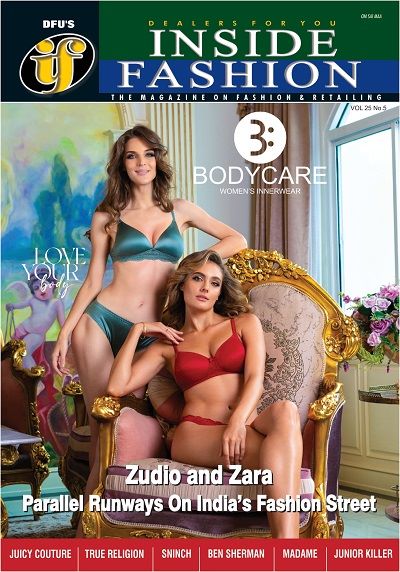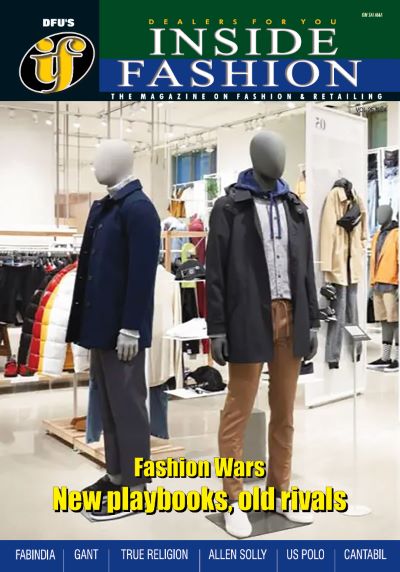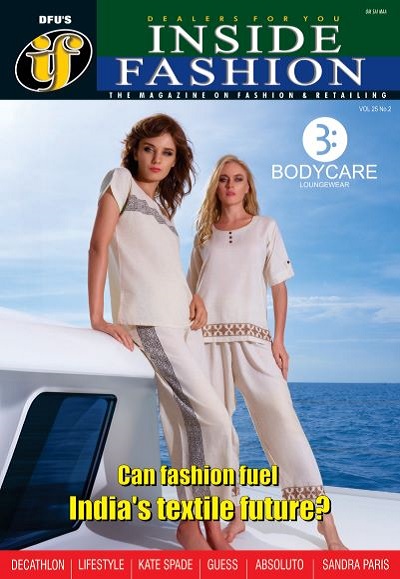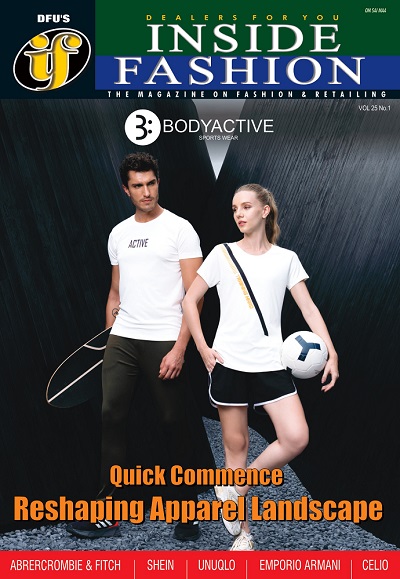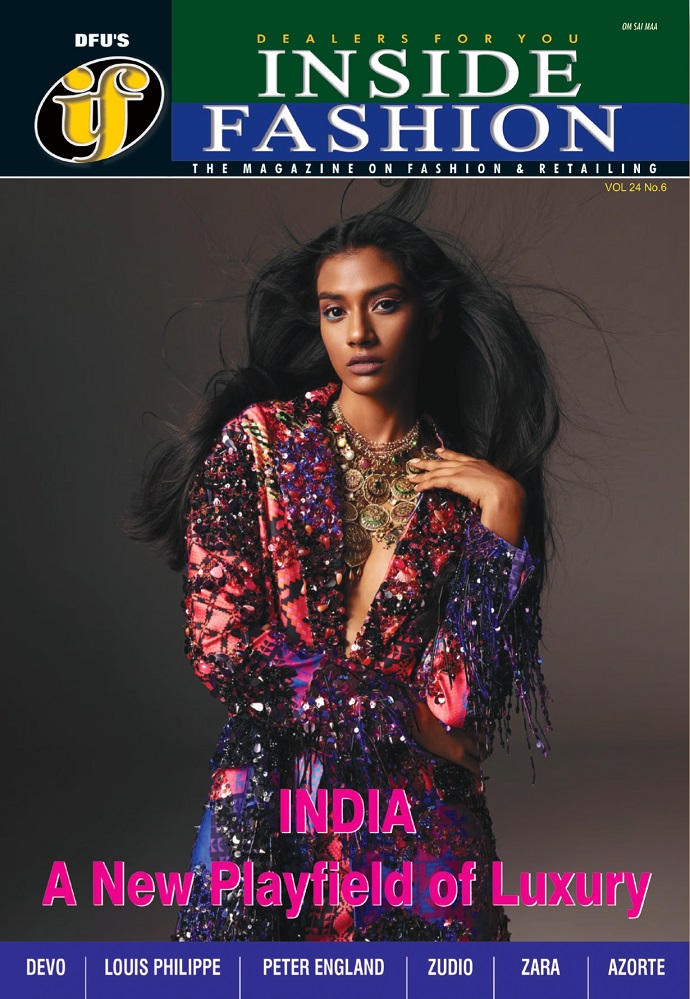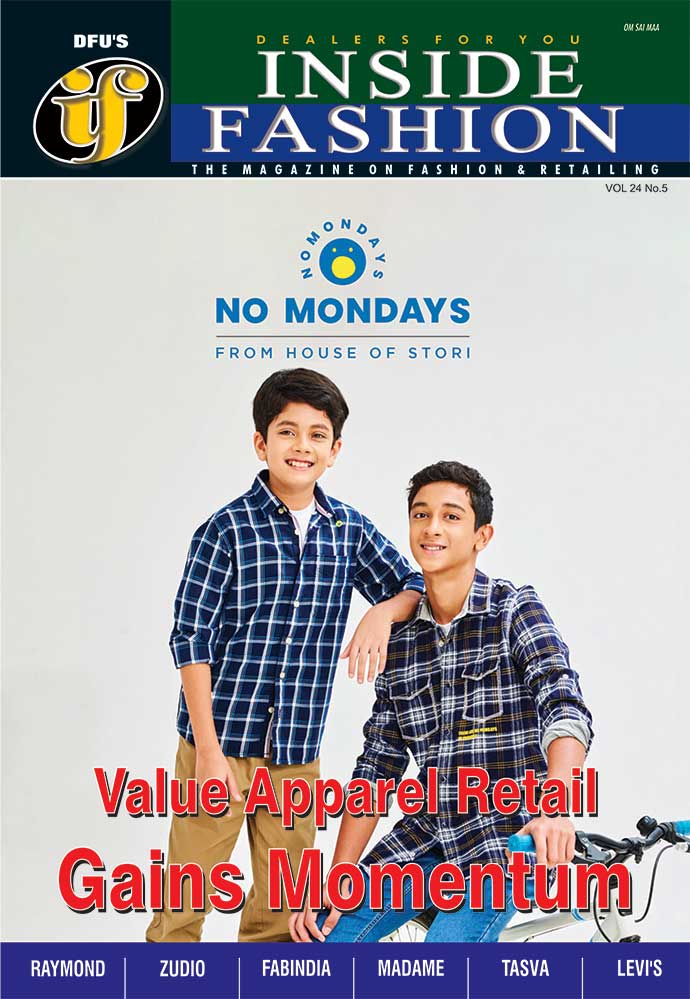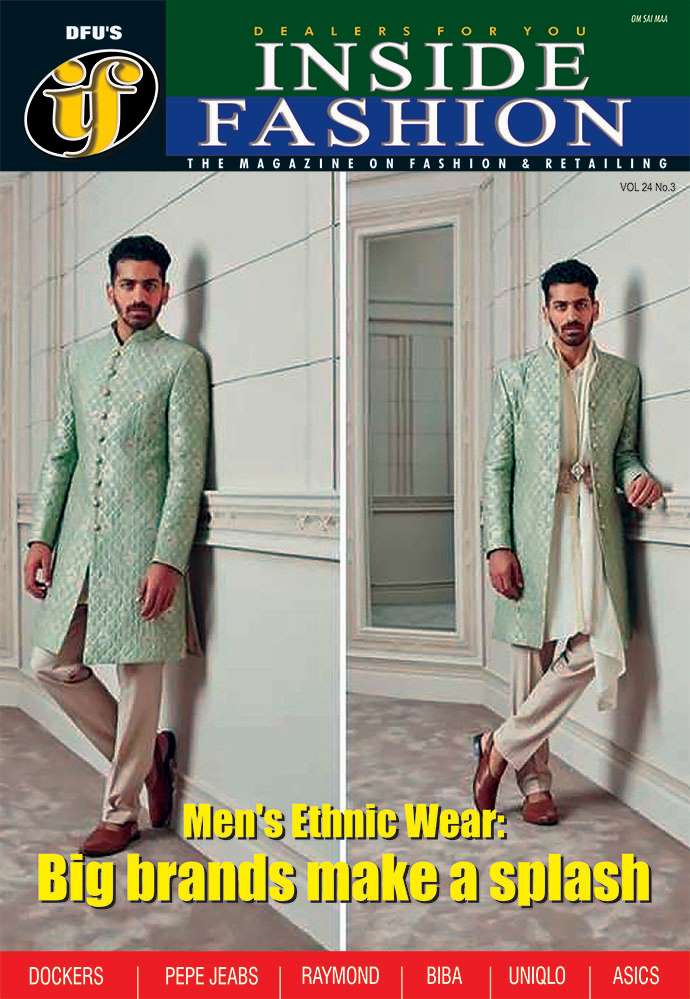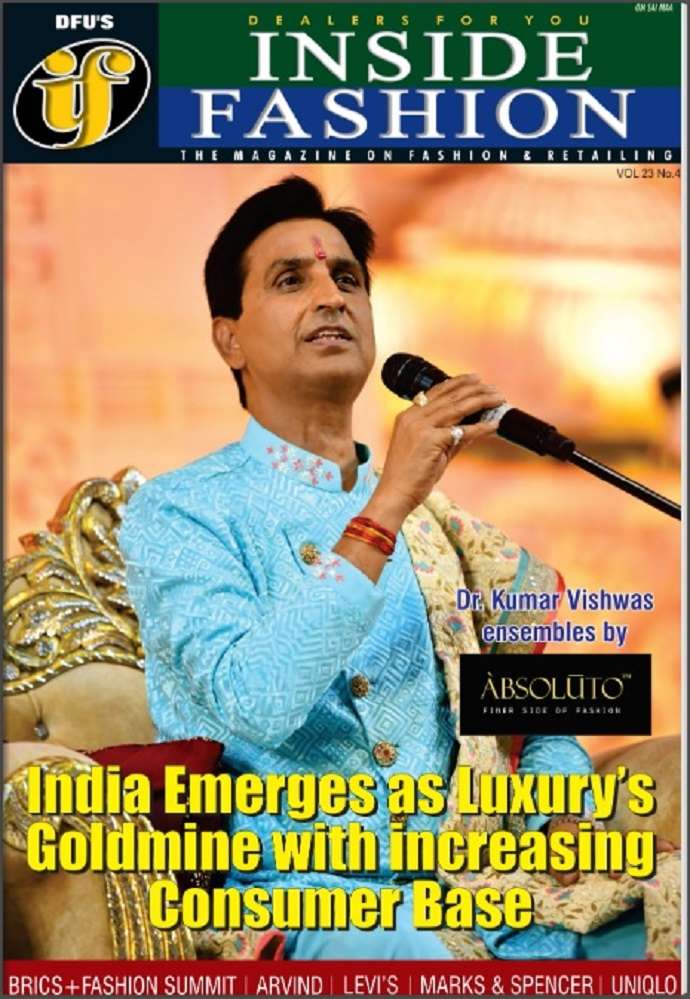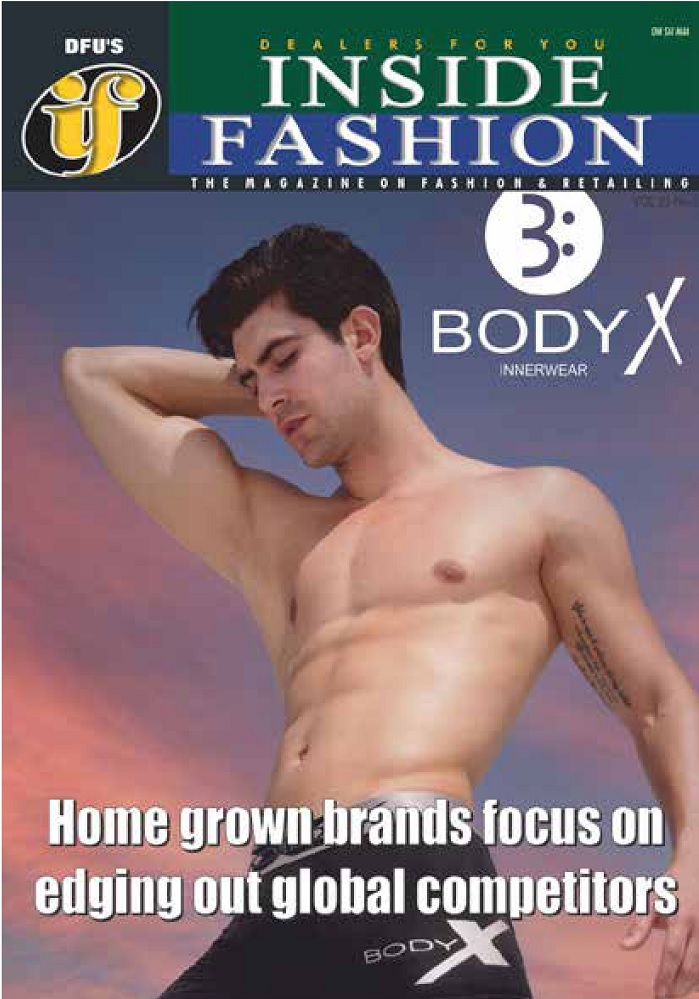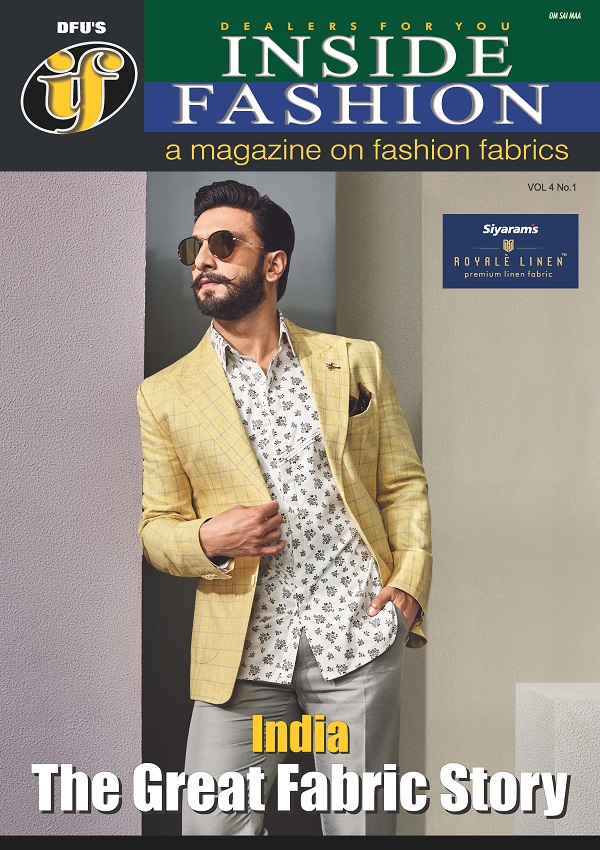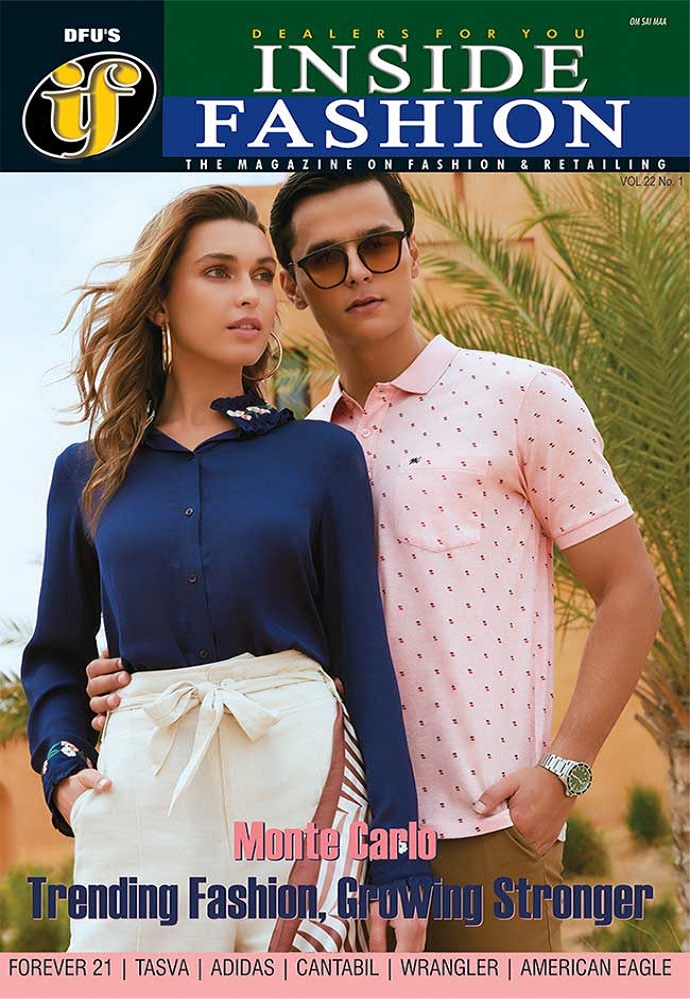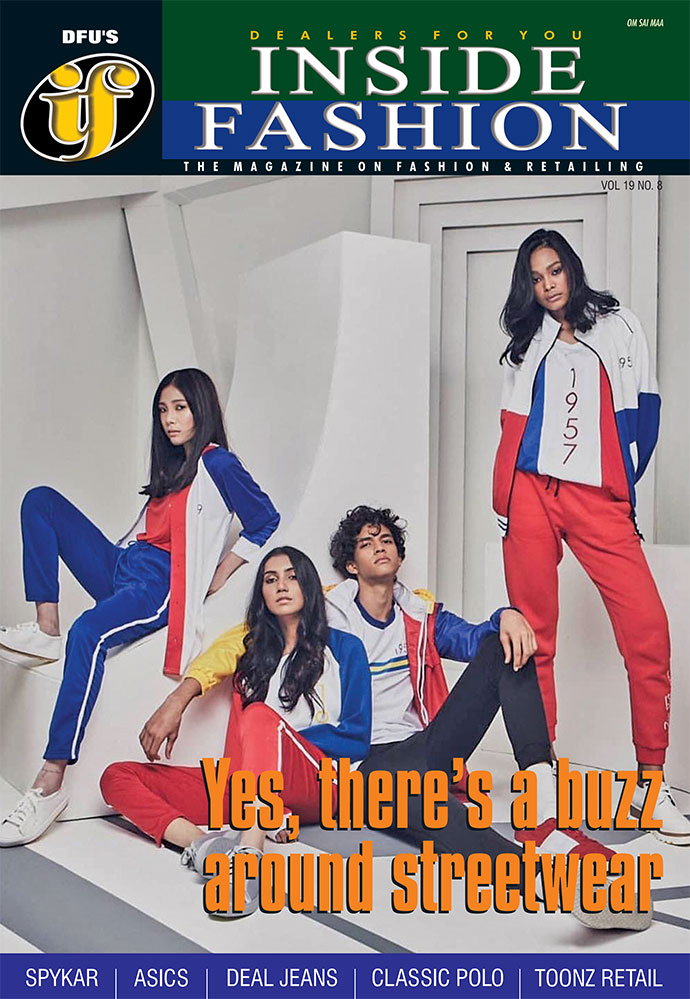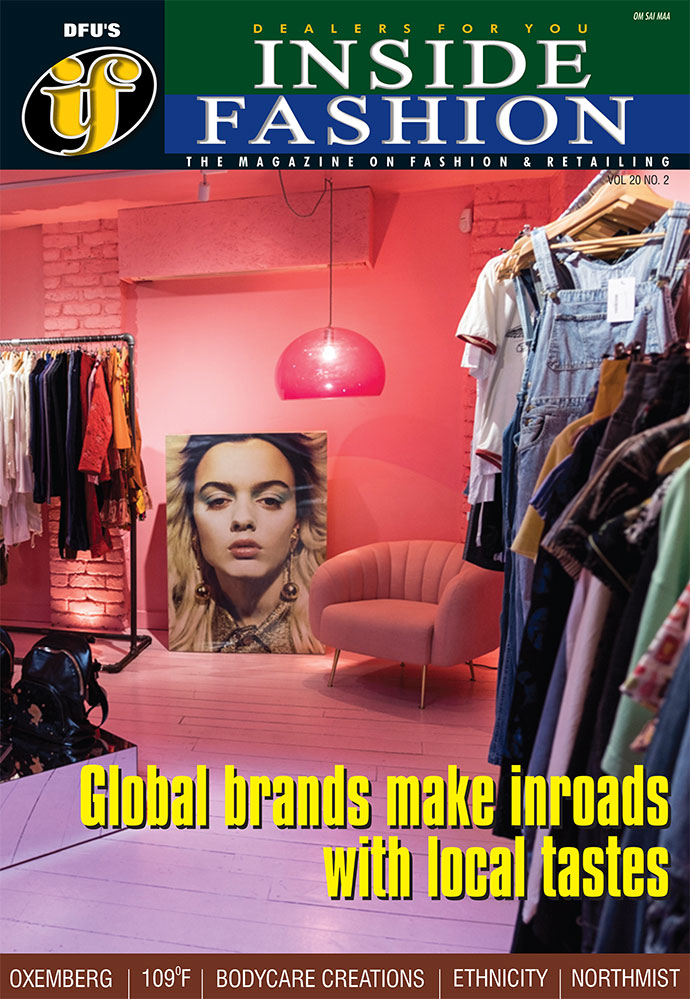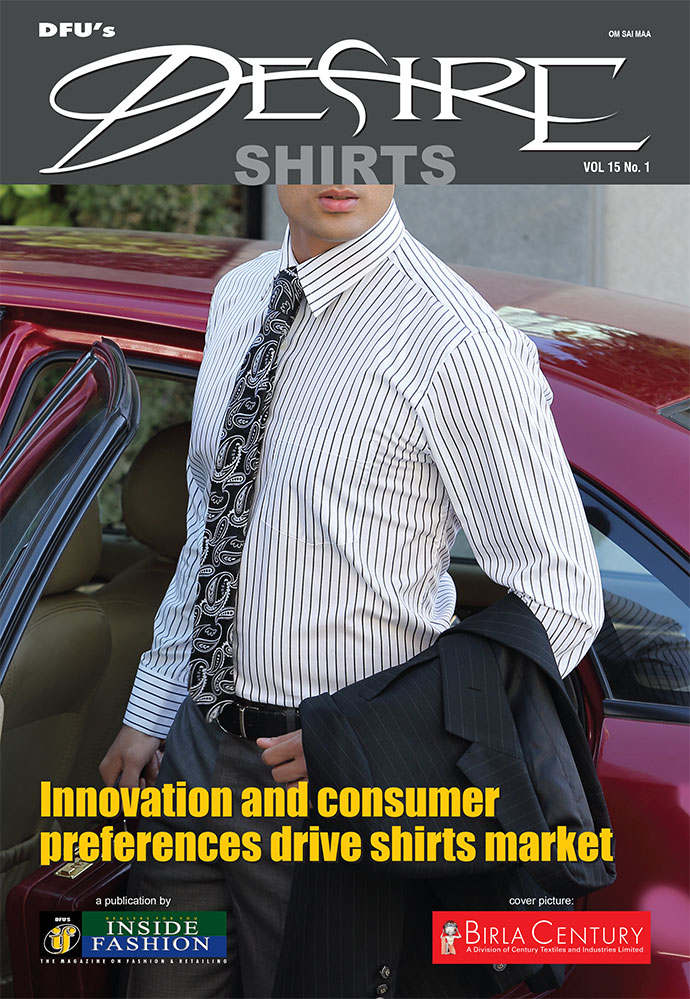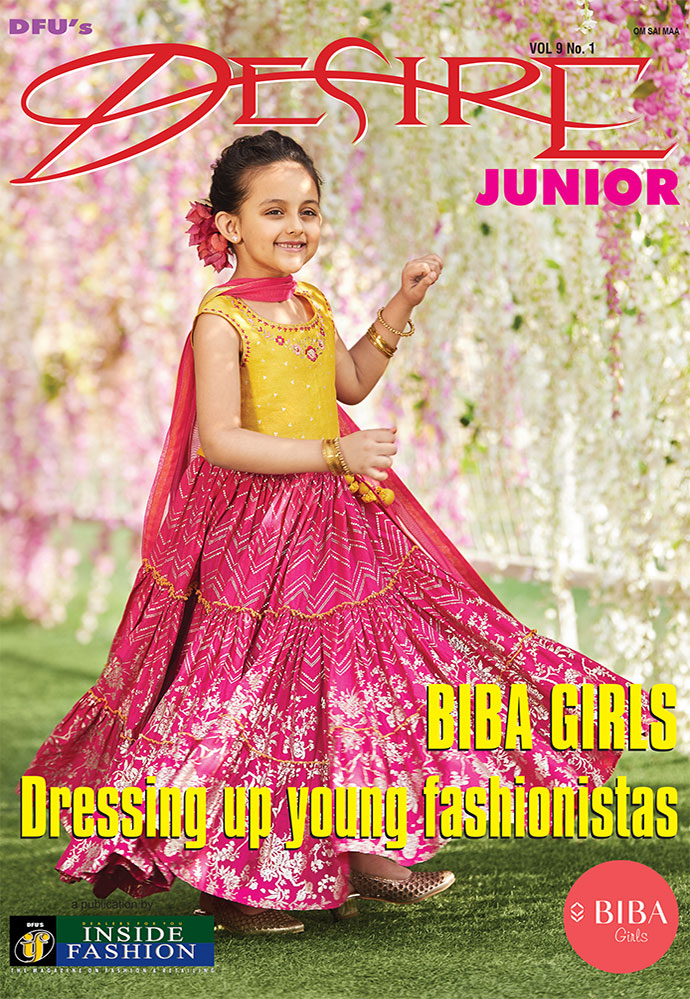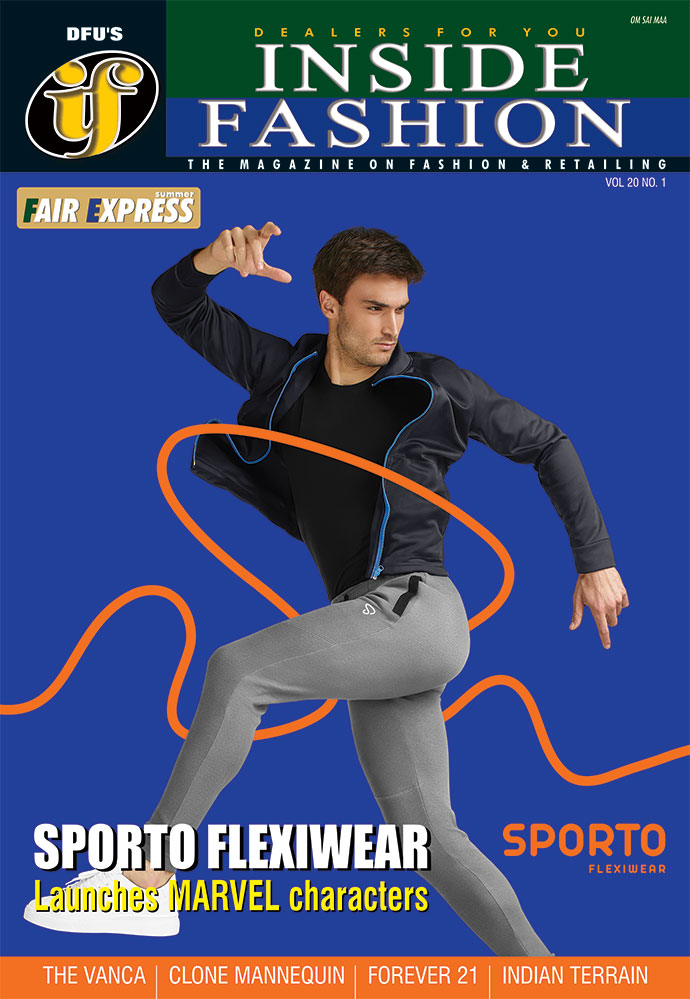India's creator economy to generate $1 trillion consumption boom by 2030: BCG report
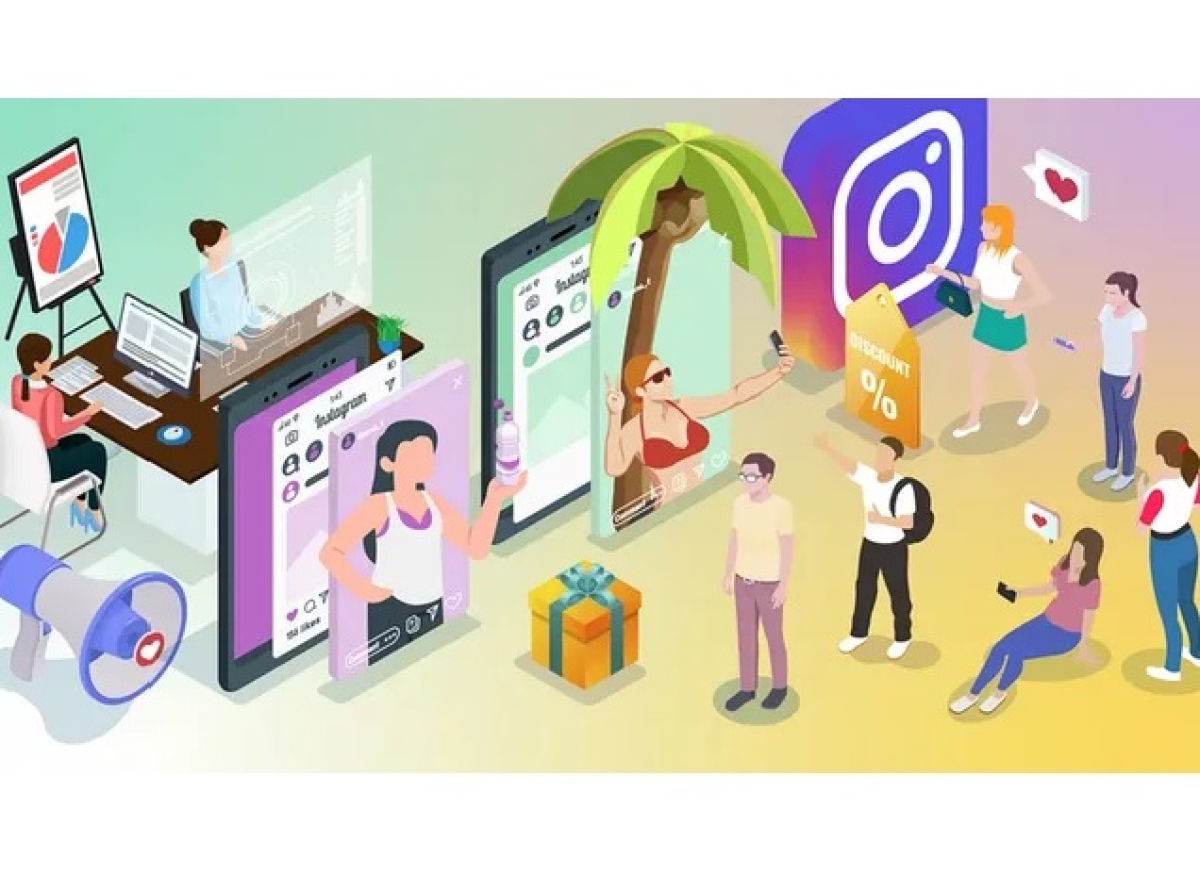
8 May, Mumbai 2025
India's fast growing creator economy is set to become a monumental force in driving consumer spending, with a huge potential to influence $1 trillion (Rs 84.5 lakh crore) annually by 2030. This is according to a new report ‘From Content to Commerce: Mapping India’s Creator Economy’ by the Boston Consulting Group (BCG), which highlights the significant and rapidly growing impact of content creators on consumption, extending its reach beyond metro hubs.
The report underscores the current substantial influence of India's 5 million content creators, who already sway over $350 billion (Rs 29.6 lakh crore) in consumer spending on a yearly basis. This influence currently accounts for approximately 20 per cent of the overall $2 trillion consumer spending in India, showcasing the powerful connection creators have established with their audiences across all levels of urbanisation.
Creator influence across cities
The impact of the creator economy on consumer spending varies across metros, Tier II, and III cities, reflecting different levels of digital penetration, disposable incomes, and consumer behaviour. The BCG report highlights a significant trend: what began as a primarily metro-centric phenomenon is now deeply penetrating smaller cities and towns.
Table: Creator influence on consumer spending by city
|
City Tier |
% of consumers influenced by creators |
Spending categories influenced (fashion & apparel focus) |
Case Studies |
|
Metros |
65% |
Premium fashion, branded apparel, online-exclusive styles |
Lifestyle influencer Shivani Singh (Mumbai) showcasing high-end designer collaborations, driving online sales among her metro-based followers. Fashion blogger Rohit Verma (Delhi) creating content around international fashion weeks, influencing luxury purchases. |
|
Tier II |
61% |
Affordable fashion, fast fashion, ethnic wear, online marketplaces |
Creator Priya Sharma (Lucknow) showcasing budget-friendly yet trendy outfits from online platforms, witnessing high engagement and purchases from her Tier II audience. Beauty influencer Deepika Reddy (Vijayawada) promoting local textile-based apparel. |
|
Tier III |
64% |
Value-based apparel, local brands, social commerce platforms |
Influencer Karan Patel (Indore) using regional language to review affordable clothing options available on social commerce apps, leading to bulk orders within his community. Lifestyle vlogger Anjali Yadav (Varanasi) showcasing traditional attire and its relevance. |
Metros: Consumers in metros show a strong inclination towards branded and premium fashion influenced by creators who often collaborate with high-end labels. The focus is on staying updated with global trends and convenience through online shopping. For example, when fashion creator Kavya Iyer (Bangalore) partnered with a sustainable, albeit premium, clothing brand, her metro audience, increasingly conscious about ethical fashion, showed a significant interest, leading to a noticeable increase in the brand's online sales within these urban centers.
Tier II cities: Here, creators showcase affordable and trendy fashion often sourced from online marketplaces that see significant traction. There's a growing aspirational value attached to fashion, and creators bridge the gap by showcasing accessible yet stylish options.
For example, Surbhi Gupta from Jaipur, a micro-influencer focusing on affordable ethnic wear, gained immense popularity in her city and neighboring Tier III towns by showcasing how to style traditional outfits for modern occasions, driving sales for local artisans and online ethnic wear platforms.
Tier III cities: Interestingly, the influence of creators in Tier III cities is substantial, often driven by relatability and trust in local creators or those using regional languages. Value-based purchases and products available on social commerce platforms are key.
Fashion choices are often influenced by cultural relevance and practicality. For example, Rakesh Kumar from Lucknow, a tech creator, while primarily focused on technology, also subtly influences apparel choices through his lifestyle vlogs.
His down-to-earth style resonates with his Tier II and III audience, leading to increased interest in the casual wear brands he features. This highlights how even non-fashion creators can impact apparel spending in these regions.
Impact across all tiers
Regardless of the city tier, creators are playing a vital role in:
Democratizing access: They showcase fashion that caters to various budgets and preferences, making style more inclusive.
Building trust: Audiences often trust creator recommendations more than traditional advertising, leading to higher conversion rates.
Driving trends: From global high fashion in metros to regional styles in Tier III cities, creators are instrumental in shaping trends at every level.
The BCG findings emphasize that the creator economy's influence is no longer confined to major metros only. Its growing reach into Tier II and III cities presents a significant opportunity for fashion and apparel brands to connect with a wider consumer base.
Tailoring marketing strategies to resonate with the specific preferences and consumption patterns of each city tier, while leveraging the authentic voice of creators, will be crucial for success in this evolving landscape.
The $1 trillion consumption boom by 2030 will be led by this pan-India creator-consumer connection, making it imperative for businesses to understand and engage with this dynamic force at every urban level.

